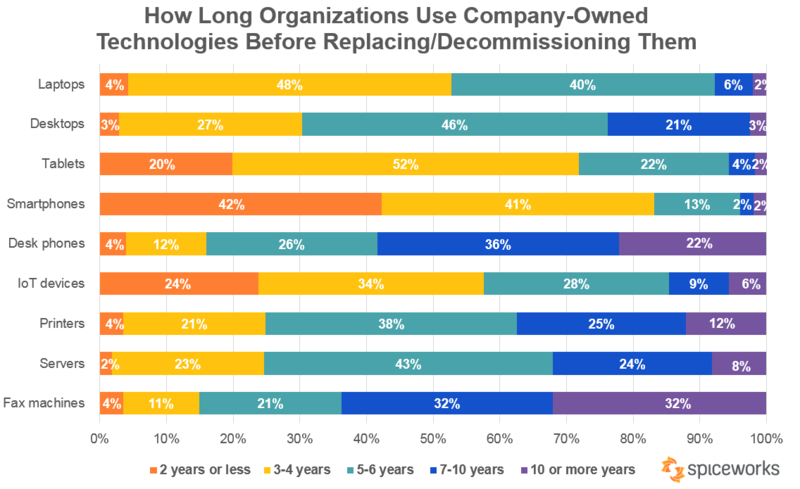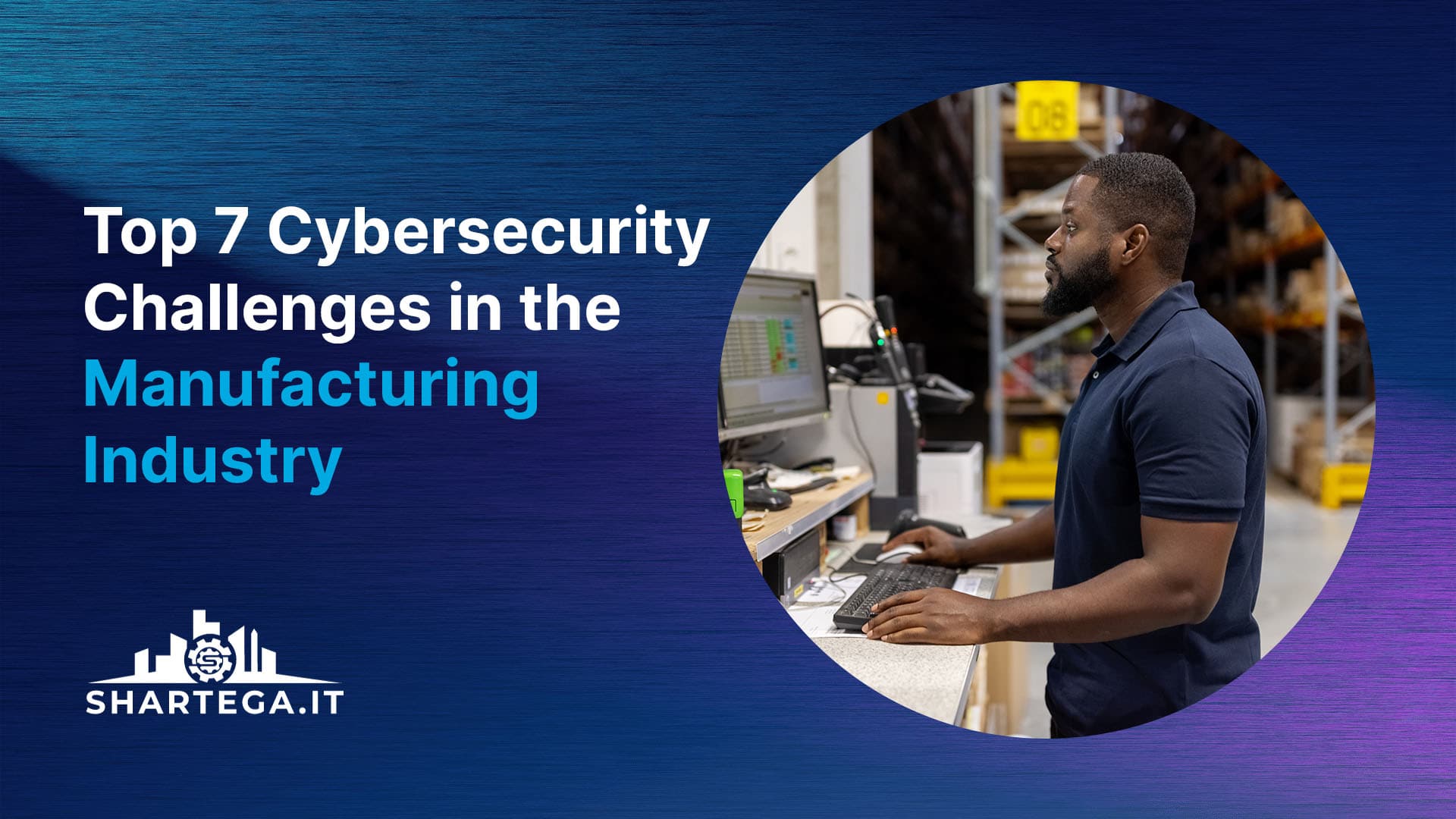You have a computer at work. Or, no, wait… You have a lot of computers at work. Or even more than that. If you’re the IT person, it’s your job to keep track of the hardware in your company and make sure it’s working properly. That means maintaining all computers, printers, servers, and other devices. When is the right time to replace them?
Your company’s IT equipment has a shelf life, and it’s up to your IT department or managed service provider (MSP) to let you know how long these devices will last and when it would be wise to replace them with something newer to avoid downtime, security vulnerabilities, and loss of productivity from your employees.
Top Reasons To Replace Aging Devices
Here are some of the main reasons why a company would want to update their fleet of computers.
Unable to Update Operating System
You should always regularly update your operating system to get the newest bug fixes, security definitions, and drivers.
To check for updates on Windows, search “update” in the search bar and click Check For Updates.
On Macs, click the System Preferences icon and then Software Update to see if any new updates are available.
If you cannot update your machine, your operating system may be unsupported, or your computer may be too old to run the latest version. See if your system can run Windows 10 or Windows 11 here. Apple’s macOS support page has information about their system requirements for the latest version of macOS. Apple typically supports the last 3 versions of their operating system.
Your Computer Is Running Hot And Loud
If your computer is always hot to the touch and the fans are frequently spinning, this could mean that the latest programs and operating systems are becoming too taxing for your existing hardware.
It could also mean that your computer is clogged with dust and debris. It’s a good idea to keep dust from accumulating in the inside of your machine and to keep your computer off carpet and not too close to the wall.
Multitasking Becomes A Chore
Being able to quickly switch between applications (Alt+Tab on Windows or Command+Tab on Mac) is a must for multitasking. If your machine drastically slows down when having multiple things open, this may be a sign you need an upgrade.
This is usually caused by having insufficient RAM in your system. You may be able to get away with just doing a RAM upgrade, which is a fairly simple procedure. If your computer is already 5-7 years old though, you should think about replacing the entire machine.
It Takes Forever to Start Up And Shut Down
If you notice very slow startup times, the first thing you should check is what programs are set to start up when the computer turns on.
On Windows, search “startup” in the search bar and click Startup Apps. This will show you which programs start up with Windows and their impact on CPU usage. If you don’t need something to run at startup, disable it here.
On Mac, click the System Preferences icon in the taskbar. Click Users & Groups, find your username, and then go to the Login Items tab. Programs can be added or removed here.
The Average Lifespan Of A Computer
There’s no hard and fast rule about when you need to replace your computer. In a business environment, the consensus is a computer should be replaced every 5 years. Desktops tend to outlast laptops because they have more powerful components and are not prone to damage from being transported around.
Smaller devices like smartphones and tablets tend to get replaced before 5 years, while larger devices like printers, scanners, and fax machines are used in organizations for up to 7-10 years.
What is End-Of-Life/End-of-Support?
The other main reason besides age that may prompt you to replace equipment is that it has reached its end-of-life (EOL) that was set by the manufacturer. EOL is a term used by manufacturers of hardware and software to describe the life cycle of a product. Some companies may use EOL to denote when the sale of that product will end. End-of-support (EOS) is used to denote specifically when support will stop being offered.
After the EOL date, the company will no longer provide technical support for the device, and it will not get any more security updates. This of course can present a major security problem if you have a lot of devices in your environment that can’t run the latest operating systems.
Takeaway: What To Do About Outdated Hardware
If you have a business that needs a major upgrade to your IT environment or have no idea where to start, Shartega IT can help you out! We can do a site survey of your business location and let you know which devices you need to replace and where your vulnerabilities lie.
We provide an IT roadmap to each of our clients every year to let you know what direction your business should be going with technology and how your IT can evolve to support your business in the best way.
Feel free to schedule a discovery call with our team anytime for more information.






